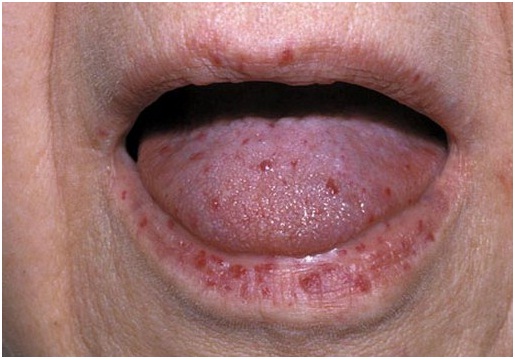Hereditary Hemorrhagic Telangiectasia (HHT) Causes, Symptoms, Diagnosis and Treatment

What Is Hereditary Hemorrhagic Telangiectasia?
Hereditary hemorrhagic telangiectasia (HHT) is a disorder which involves the development of a number of multiple abnormalities in the blood vessels.
In HHT, arterial vessels flow directly into the veins rather than first travelling through the capillaries. This abnormal behavior is dubbed to be arteriovenous malformations.
In case of occurrence in the vessels which are near the skin, where the vessels may be visible as red marks, the abnormality is given the name of telangiectasias.
Without having the blood flow from the capillaries, which act as a moderator for reducing the high blood pressure, the blood moves directly to the veins which are less elastic and therefore cannot withstand such high pressure at times.
The high blood pressure causes strain on the veins, which may lead to development of strain in adjacent tissues. This in turn may lead to severe bleeding.
Serious complications which may arise from HHT may include hemorrhages in brain, liver, lungs along with in other organs.
HHT can be classified as being wither type 1, type 2, type 3 or juvenile polyposis.
Causes Of Hereditary Hemorrhagic Telangiectasia:
Hereditary Hemorrhagic Telangiectasia is usually a result of genetic disposition to the disease. It is acquired in an autosomal dominant fashion i.e. it can only be developed if one has a dominant gene of it.
This mutated gene in turn may cause disruption in making certain proteins found in the lining of the blood vessels.
Women are more likely than men to develop blood vessel malformations in the lungs with type 1, and are also at higher risk of liver involvement with both types 1 and type 2 of HHT.
Symptoms Of Hereditary Hemorrhagic Telangiectasia:
Possible symptoms may include:
- Nosebleeds
- Appearance of red or purple spots under the skin
- Presence of abnormal blood vessels within the body
Furthermore, the exhibition of symptoms is likely to differ according to the type of HHT.
People with type 1 tend to develop symptoms earlier than those with type 2, and are more likely to have blood vessel malformations in the lungs and brain.
Type 2 and type 3 may be associated with a higher risk of liver involvement. Women are more likely than men to develop blood vessel malformations in the lungs with type 1, and are also at higher risk of liver involvement with both types 1 and type 2.
Diagnosis Of Hereditary Hemorrhagic Telangiectasia:
Hereditary Hemorrhagic Telangiectasia can be clinically diagnosed if one fulfils the following criteria:
- Recurrent nosebleeds that seem to start for no reason
- Visible telangiectases on lips, mouth, fingers, nose and the inside of the mouth
- Internal telangiectases or AVMs in lungs, brain, spine, digestive tract or liver
- Family history of a parent, sibling or child with HHT
Diagnoses can also be achieved via:
- Medical history
- Physical examination
Treatment Of Hereditary Hemorrhagic Telangiectasia:
Treatment of Hereditary Hemorrhagic Telangiectasia is symptomatic in nature, i.e. it tends to focus on relieving symptoms rather than curing the disease. This involves:
- Intake of iron supplements
- Treating nosebleeds via nasal packing
- Laser treatment for telangiectasia
By : Natural Health News




